Search results for "blame"
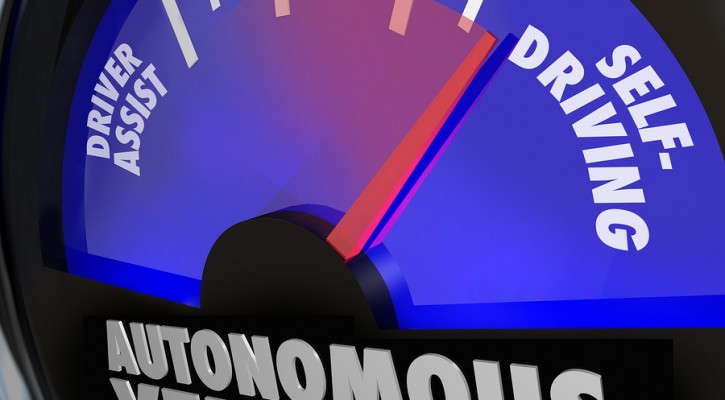
Who Takes The Blame In An Autonomous Car Crash?
April 30, 2014
With fully automated vehicles on the horizon, the Intelligent Car Coalition and the Insurance Institute for Highway Safety will be meeting to discuss who will take the blame in a car crash once the vehicle’s actions are taken out of the driver’s hands. Read more: The ‘Blame Game’ for Automated Vehicles
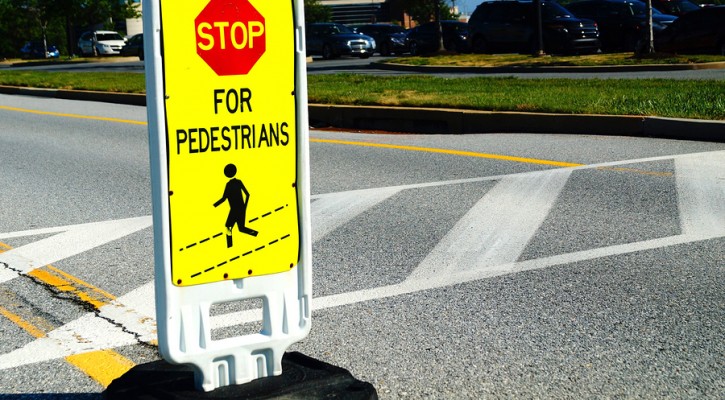
Pedestrian Deaths On The Rise
March 29, 2016
Pedestrian deaths are on the rise according to a new study conducted by the Governors Highway Safety Association (GHSA) and predicts that 2015 pedestrian deaths will increase by ten percent over the previous year.
Data collection by safety organizations takes time and final fatality reports are normally 18 to 24 months behind. To conduct this study, the GHSA asked states for their preliminary data for the first six months of 2015 and compared those numbers to the first six months of 2014. According to the numbers, pedestrian deaths increased in 26 states and the District of Columbia. The rates were unchanged in three states and were down in 21 states.
The data shows that four states; California, Florida, Texas and New York, account for 42 percent of pedestrian deaths even though those states only make up 33 percent of the US population. Florida had the highest rate of pedestrian deaths but surprisingly, the number of pedestrian deaths in Florida declined by four percent over the previous year. Vermont had the lowest rate with zero pedestrian deaths.
While drivers necessarily deserve a lot of blame for pedestrian deaths, the pedestrians themselves must also share in the blame. Distractions for both drivers and pedestrians are on the increase with everyone feeling the need to stay connected online via texting or social media. The issue of texting while walking has become such a problem that the state of New Jersey and some US cities are considering laws to ban texting while walking. In England, a 20 foot statue spanning a walkway at the Salisbury Cathedral in Wiltshire had to be moved because pedestrians, with their eyes downcast looking at smartphones, kept bumping into it even though there was plenty of clearance to pass underneath.
A major problem for both drivers and pedestrians continues to be alcohol which was involved in approximately half of the pedestrian deaths. About 34 percent of pedestrians killed in crashes had a BAC of .08 or higher. Fifteen percent of drivers had a BAC of .08 or higher.
The time of day and place also played a part with 72 percent of pedestrian deaths happening during the hours of darkness. Most pedestrian deaths (74%) occur away from intersections.
According the the GHSA report, pedestrian deaths have been increasing steadily over the past ten years. (Click on the image to enlarge.)
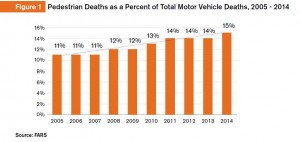
For more information, read: Pedestrian Traffic Fatalities By State – 2015
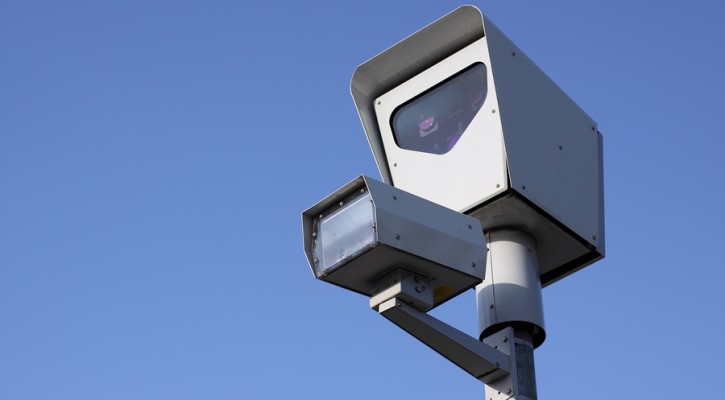
Speed Cameras And Driver Behavior
September 29, 2015
We have often spoken about driver behavior as the issue behind the dangerous conditions on America’s roads. While many want to blame bad roads, restrictive laws, and “other” drivers, the problems on our roads all boils down to individual driver behavior. Even the worst of roads can be driven safely if drivers adjust their behavior to adapt to road conditions and, while we can’t always do anything about the other driver’s behavior, the way we adjust our driving behavior can help protect us from those other drivers.
The problem in adjusting driver behavior is that many drivers, who are in fact dangerous drivers, see their driving behavior as good and everyone else as dangerous. For example, many drivers don’t see speeding as a big problem because they feel they have complete control of their vehicle and can handle any situation. What they fail to see is that speeding reduces the time they have to react to an emergency situation and increases the crash forces. Speeding is directly responsible for approximately one-third of all the traffic fatalities in the US every year.
In that kind of situation, the only thing that can change a driver’s behavior is some sort of outside influence that forces them to adjust. A recent study by the Insurance Institute for Highway Safety (IIHS) found one place where that has happened.
In 2007, Montgomery County, MD installed speed cameras on residential roads with speed limits of 35 mph or less and in school zones. The program has grown over the years to include 56 fixed cameras, 30 portable cameras and 6 mobile speed vans.
Six months into the program, the number of drivers exceeding the speed limit by more than 10 mph had fallen on roads where the cameras were located. After seven years, the study shows that the cameras have reduced the incidence of drivers traveling over the speed limit by more than 10 mph by 59 percent.
When compared with similar roads in nearby Virginia counties, the researchers found a 19 percent reduction in the likelihood that a crash would involve a fatality or an incapacitating injury, as reported by a police officer on the scene.
Montgomery County expanded the program to include speed camera corridors where the focus was moved from a single portion of a roadway to long corridors. The cameras are regularly moved to different locations along the corridor so that drivers don’t become familiar with their exact location. As a result, the speed camera corridors have reduced the chances of a crash involving fatal or incapacitating injury an additional 30 percent beyond the use of cameras alone.
In other words, speed cameras have forced a positive change in driver behavior in Montgomery County and the roads are much safer as a result. According to the IIHS, “If all U.S. communities had speed-camera programs like the one IIHS studied in Maryland’s Montgomery County, more than 21,000 fatal or incapacitating injuries would have been prevented in 2013.
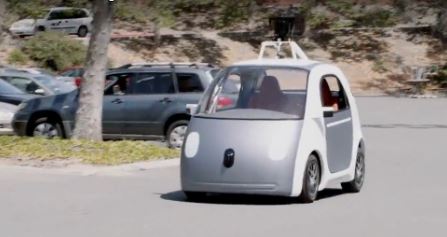
Driverless Cars: Myths and Reality
September 22, 2014
Driverless cars are coming closer to reality every day but they still have a long way to go. It’s going to be some time before governments and auto manufacturers can all agree on a common system that will allow driverless cars to communicate with each other, and the roadway.
Driverless cars could lead to a future with fewer traffic jams, lower commute times, more fuel efficiency, and, most important of all, safer driving. However, a driverless car that’s one hundred percent driverless and one hundred percent safe is probably something that may never be achieved.
Even the best of the driverless cars being tested on the road today can’t operate in adverse weather conditions such as heavy rain and snow. Could a computer algorithm accurately predict the actions of a drunk pedestrian trying to cross the road?
Anyone who’s had a cellphone call dropped due to a momentary loss of signal can imagine what the challenges for a driverless car could be. A pack of different types and sizes of driverless vehicles traveling at interstate speeds can’t afford to drive through a wireless signal blind spot.
Who is ultimately responsible if a crash should occur? Will the blame for human error in a crash pass from the driver to the computer programmer who wrote the car’s operating code? Who gets sued in a traffic crash; the owner of a driverless vehicle who assumed it was safe to travel under the influence or the cell phone company whose signal was lost?
To better understand the promise and fears of driverless cars, read: 8 truths and myths of driverless cars
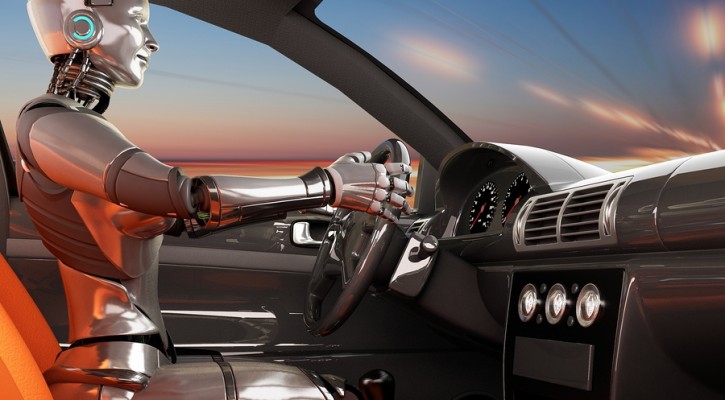
Crash-free Car Plans Announced By Automakers
September 11, 2014
Crash-free or almost crash-free cars may become a reality sooner than we thought. In previous articles, we discussed the shift by automotive engineers from designing cars to protect the occupants in a crash to avoiding the crash altogether through the use of collision-avoidance technology. Recently, two automakers announced plans to build crash-resistant and almost driver-free cars within the next couple of years. It seems that, while the Google car has been getting all the press, engineers from the mainstream auto manufacturers have been developing crash-free technology of their own.
Toyota announced last week that they will include collision-avoidance technology, currently only available in its Lexus luxury line, in the entire US model lineup beginning in 2017. The Lexus line currently has an active “Pre-Collision System.” If the onboard radar and cameras detect an imminent frontal crash, the system will warn the driver, boost brake pressure, and tighten up the seat belts. If the driver fails to heed the warning, the system will apply the brakes to avoid or at least reduce the crash forces of an impact. This differs from “passive” collision-avoidance systems that only warn the driver but otherwise, take no action to avoid the crash.
General Motors has taken it a step further in an announcement that their Cadillac line will contain technology that allows driving without hands on the steering wheel or feet on the pedals. GM’s technology, known as “Super Cruise,” can control the vehicle’s speed, steering, and braking at speeds up to 70 mph. The technology is designed to work both on the open road and in stop-and-go traffic. GM also announced that they will be the first auto manufacturer to equip their vehicles with vehicle-to-vehicle (V2V) technology within two years.
It’s not just a desire to protect the automotive public that’s driving these innovations, there are ulterior motives as well. Some automotive industry analysts feel that GM’s announcement is an effort to restore public trust after the recall scandal that they experienced earlier this year. Another reason for going forward with this type of technology is that the Insurance Institute for Highway Safety (IIHS), announced that, beginning in 2015, in order to get a “Top Safety Pick +” rating, vehicles will have to be equipped with auto-braking systems.
These technological innovations aren’t without their challenges. Last month, cyber-security experts raised the alarm over the ability of hackers to gain control of a vehicle’s computer system and possibly cause a crash. Earlier this week, David Friedman, acting administrator of the National Highway Traffic Safety Administration (NHTSA) announced that he sent a letter to the CEOs of every automaker asking that they come up with an automotive cyber-security plan by the end of the year.
Aside from the life-saving benefits of the crash-free systems, the technology will offer other benefits as well. Truly driverless cars will save time and money for consumers in several ways. Once all vehicles are equipped with V2V and collision avoidance technology, experts feel that, by maintaining a safe following distance and regulating speed, traffic will move much more smoothly and traffic jams could become a thing of the past. By not having to idle in stop-and-go traffic, miles per gallon should increase and braking systems will experience less wear. With crash-free technology, insurance rates should go down significantly, although it raises the question of who will be held to blame if a crash should occur, the driver or the manufacturer’s computer programmer.
